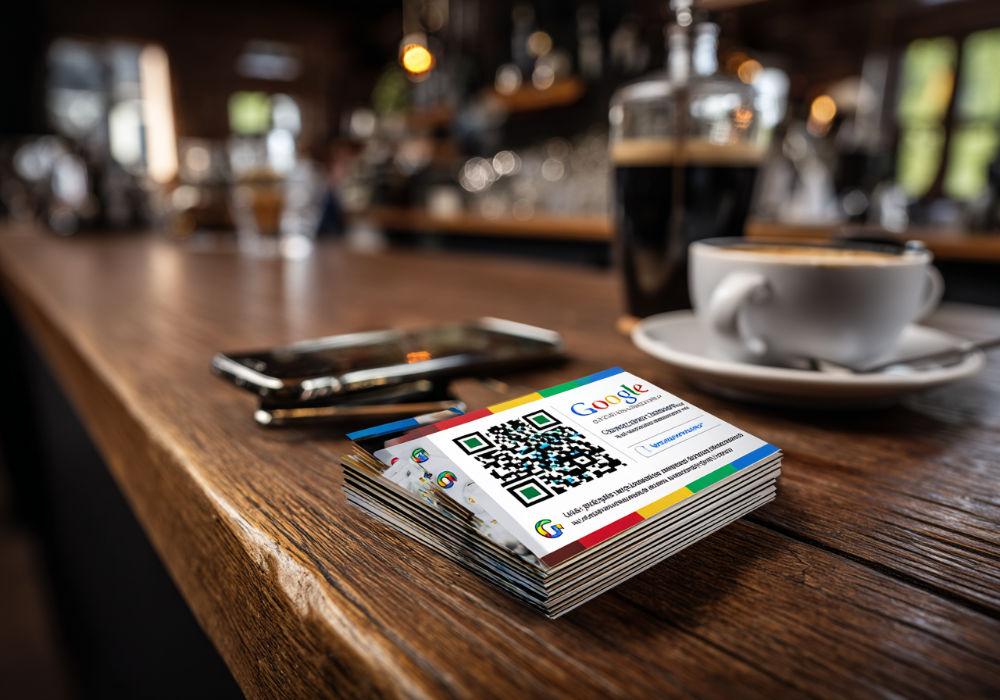Exploring Digital Marketing Strategies: Google Ads vs. SEO
What is the difference between Google Ads and SEO? Empower yourself as a digital marketer by understanding the distinction between Google Ads and SEO (Search Engine Optimisation). Both strategies aim to increase website visibility and attract more traffic but do so in fundamentally different ways. This article delves into each approach, highlighting their unique benefits and how they can be used effectively in tandem, giving you the confidence to navigate the digital marketing landscape.
Introduction to Google Ads
Google Ads, formerly Google AdWords, is a pay-per-click (PPC) advertising platform allowing businesses to display ads on Google’s search results pages and advertising network. The primary advantage of Google Ads is its ability to generate immediate visibility and direct traffic to your website, leveraging paid search advertising. Businesses bid on keywords, and their ads appear as ‘sponsored listings’ at the top or bottom of the search engine results page (SERP), depending on the bid’s competitiveness and the ad’s quality.
Understanding SEO Fundamentals
SEO, or search engine optimisation, is the organic approach to enhancing your website’s visibility on search engines like Google. Unlike Google Ads, SEO focuses on improving your website’s ranking in the natural search results without directly paying search engines. It involves optimising various elements of your website, including content, site architecture, and HTML tags, to achieve higher rankings. SEO strategies include keyword optimisation, high-quality content creation, link building, and ensuring a mobile-friendly website experience.
Immediate Results vs. Long-Term Growth
One of the most apparent differences between Google Ads and SEO is the timeframe for seeing results. Google Ads offers immediacy; as soon as your ads are clicked to go live, they can drive traffic directly to your website. This makes it an excellent strategy for campaigns looking for quick results, such as product launches or seasonal promotions.
Conversely, SEO is a long-term strategy. Seeing significant movement in your site’s organic ranking may take months. However, once you achieve high rankings, they can sustain and continue to attract traffic over time, provided you maintain your SEO efforts, adapting to search engine algorithm updates and changes in user behaviour.
Cost Implications and ROI
Google Ads operates on a pay-per-click model where you pay each time someone clicks on your ad. This can quickly become expensive, especially for highly competitive keywords. However, it also means that you can directly measure your spending against your earnings, which allows for precise ROI calculations.
SEO, while often perceived as ‘free’, requires investment in content creation, website optimisation, and possibly SEO services from experts. The ROI from SEO can be substantial, especially as organic search traffic continues without additional per-click costs.
Combining Google Ads with SEO for Maximum Effectiveness
While Google Ads and SEO serve different purposes, combining them can lead to a comprehensive digital marketing strategy. Using Google Ads can provide immediate traffic and help identify effective keywords, which can then inform your SEO strategy. Simultaneously, having a strong SEO foundation enhances the effectiveness of your Google Ads campaigns, as Google rewards high-quality, relevant sites with lower costs per click.
In conclusion, both Google Ads and SEO are essential components of a successful digital marketing strategy, each with unique benefits and drawbacks. By understanding their differences and how they complement each other, businesses can better plan their marketing efforts to maximise online visibility, drive traffic, and achieve growth.




